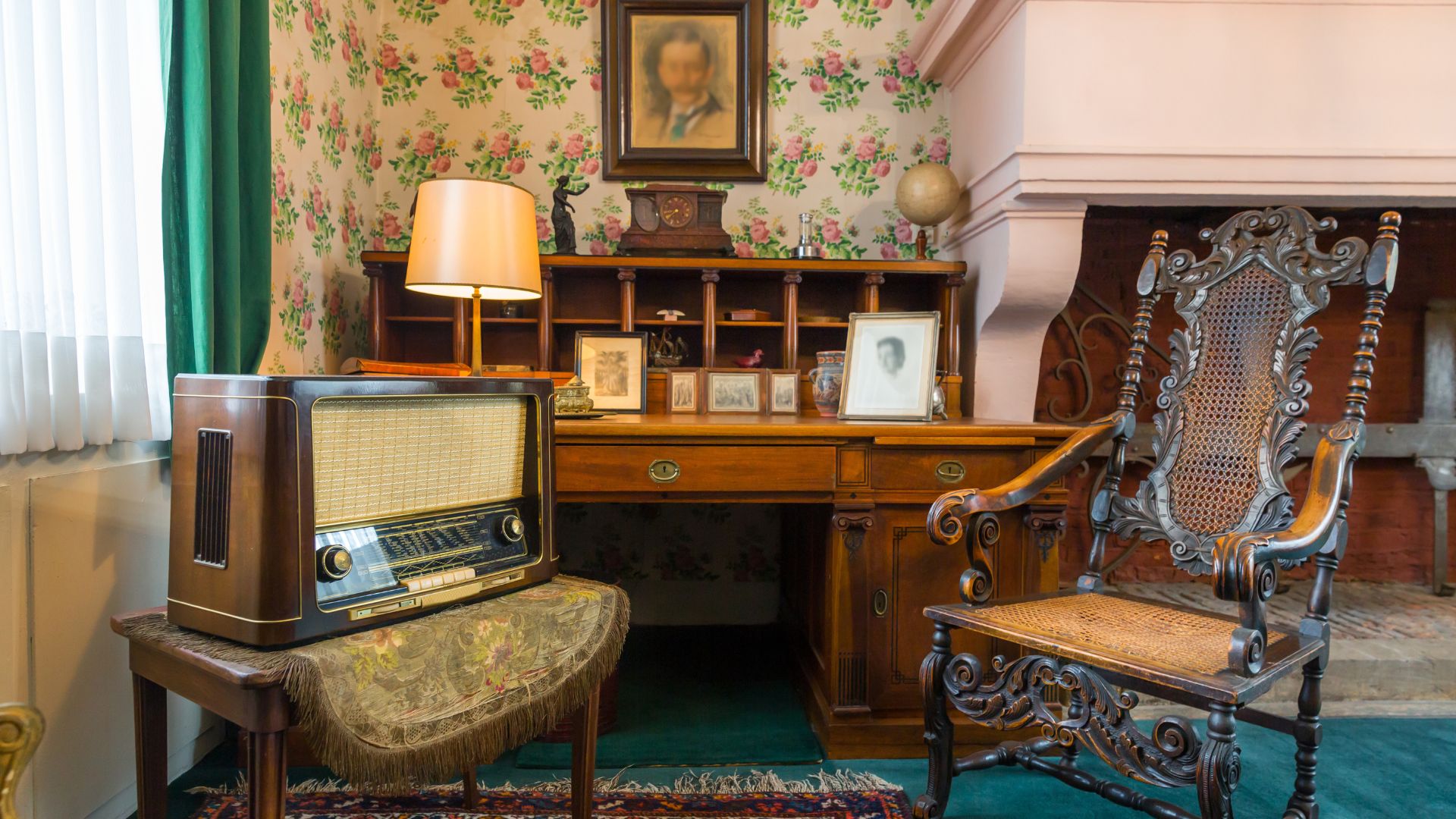
Old furniture is more than just wood and nails—it’s a quiet witness to birthdays, arguments, new beginnings, and slow mornings. That creaky rocking chair or scratched-up dining table may not look like much, but it carries stories only time can carve.
In a world obsessed with trends and upgrades, there’s something grounding about holding on to what’s weathered generations. These pieces aren’t just part of the background—they’re central characters in our lives. And if we pay attention, they can teach us more than we expect about family, time, and what really lasts.
Furniture as Family Heirlooms
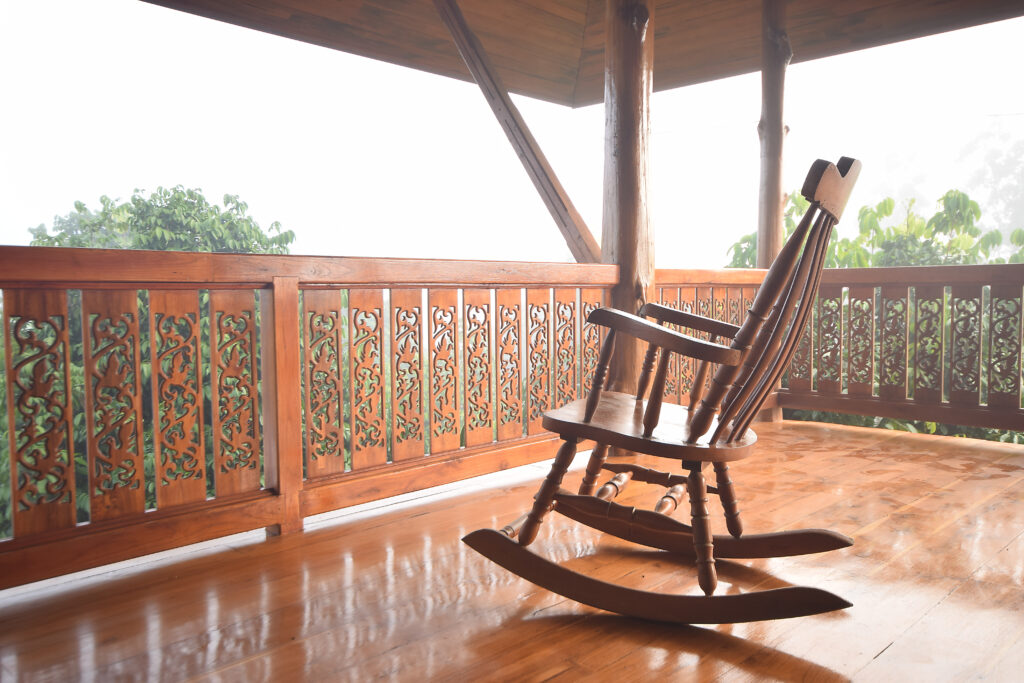
That dusty sideboard in the hallway? It might’ve once held your grandmother’s fine china or your parents’ first dinner set.
Many of us have at least one piece of old furniture that’s been passed down—a dresser, a rocking chair, a heavy oak table.
These objects connect us to people we’ve loved, even if they’re no longer here, quietly holding onto the lives they’ve touched.
Wear and Tear Tells a Story
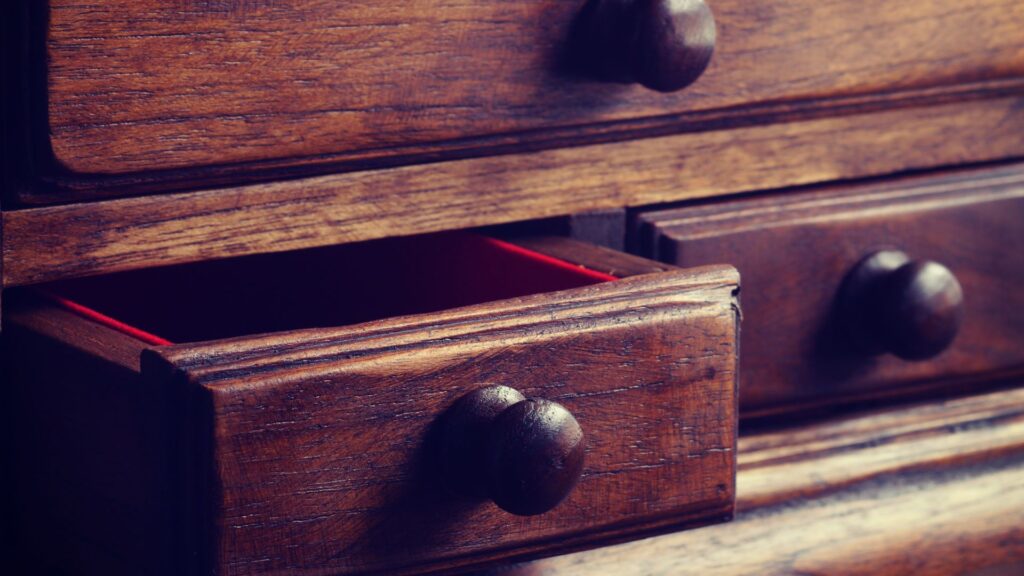
The dents on that coffee table didn’t happen overnight. Maybe they came from years of kids leaning in for game night, pets skidding across the floor, or cups placed without coasters.
Scratches and worn edges aren’t imperfections—they’re reminders of life lived fully. They reflect real stories, small and large, etched into the surface with time and use.
Memory Triggers in the Everyday
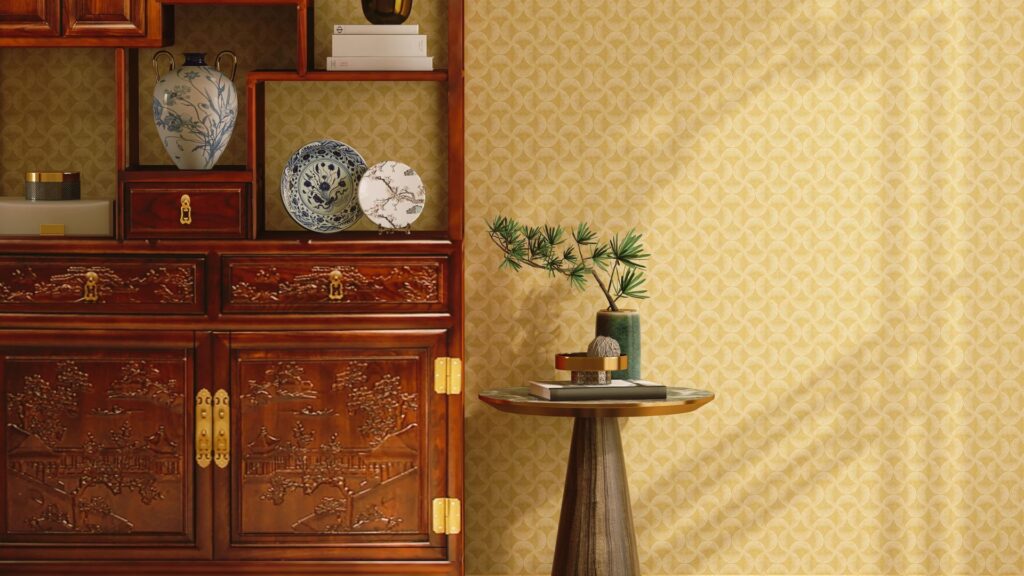
Sometimes, it’s the smallest things that bring memories rushing back. The scent of old wood when you open a drawer, the familiar creak of a chair, or the cool touch of a worn table can transport you instantly.
That moment you hear the clock ticking from the living room cabinet? It’s like being a kid again, sitting in your grandparents’ home. Old furniture has a way of keeping memories alive without saying a word.
Lessons in Patience and Craftsmanship
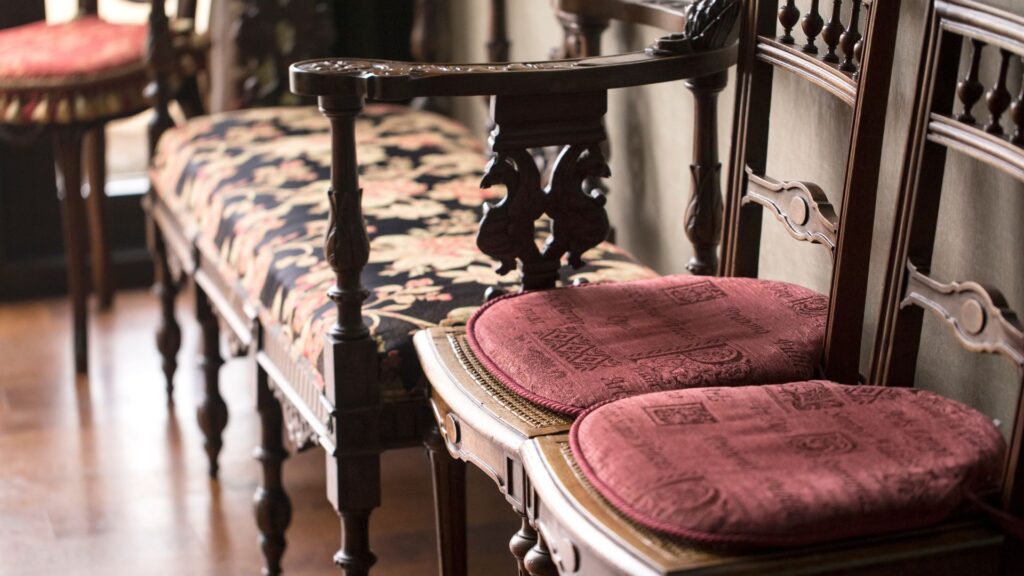
Look closely at antique furniture and you’ll see something today’s fast-made pieces often lack: detail, patience, and craft. Each joint, curve, and finish was done with care, not just efficiency.
These items remind us of a time when things were built to last—physically and emotionally. They challenge us to value quality over quick fixes.
Passing Down More Than Just Objects
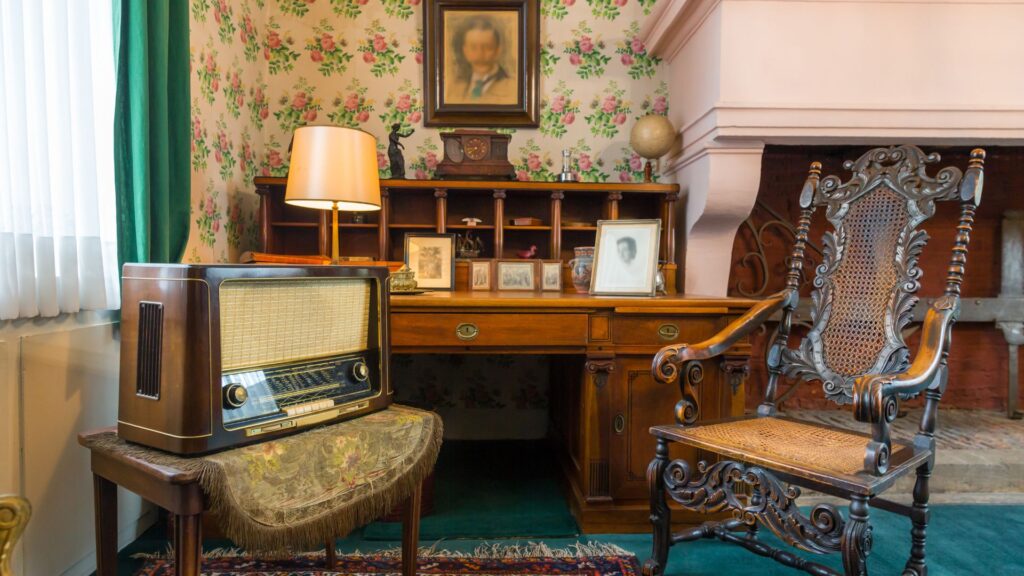
When someone hands you a piece of family furniture, they’re giving you more than a functional item. They’re sharing a piece of their story, their history, and maybe even their values.
That kitchen table might have hosted decades of meals and conversations. It becomes a bridge between generations, carrying not just use, but meaning.
Furniture as a Marker of Change
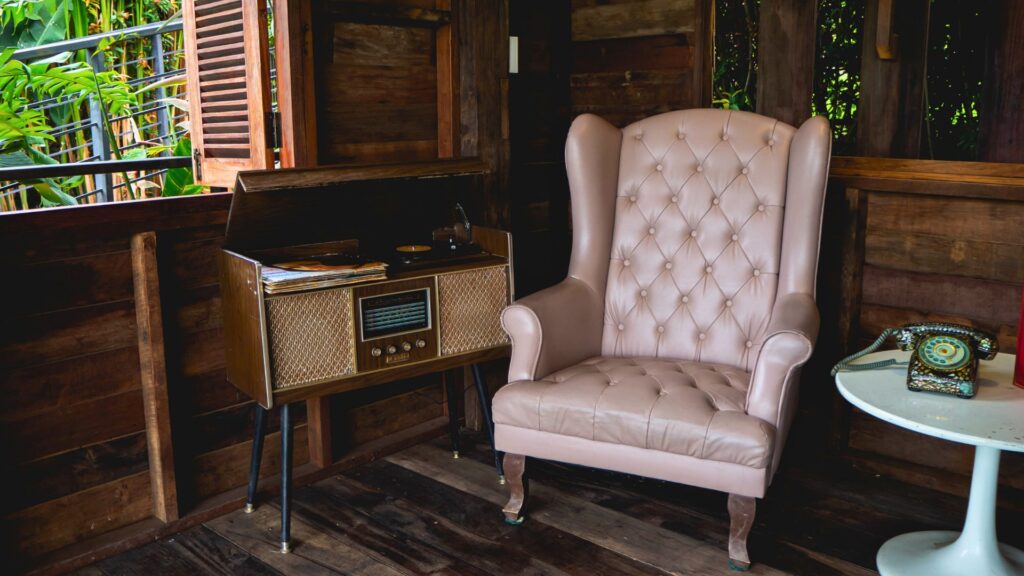
Furniture evolves with us. A crib becomes a bookshelf. A dining room table becomes a workspace.
As life shifts, so do the roles these items play. But their presence anchors us.
They remind us that while seasons change, we carry traces of the past into the future, quietly threaded through the spaces we live in.
Emotional Weight and Letting Go
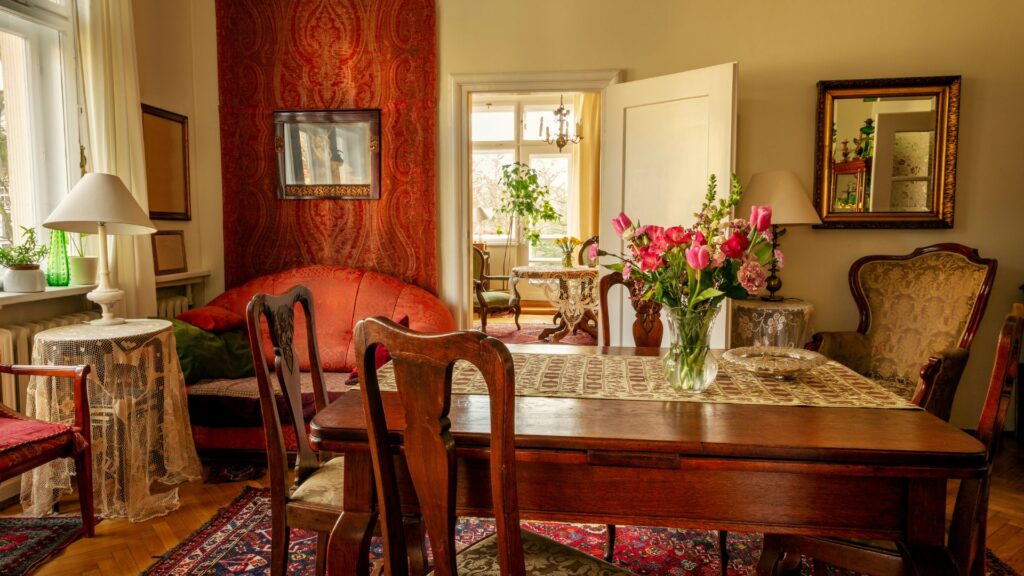
Not every old piece can stay. Whether it’s space, practicality, or necessity, sometimes we have to part with furniture that’s held meaning for years. But that decision often comes with a surprising emotional weight.
Letting go can feel like closing a chapter. And yet, in those moments, we realize just how deeply we’ve tied memory to material and how important it is to honor what we keep.
Sustainability Through Sentiment

Holding onto old furniture doesn’t just preserve memories—it helps the planet, too.
In an age of overconsumption and fast furniture, keeping well-made pieces is a quiet form of resistance.
It encourages us to value longevity, to repurpose rather than replace, and to find beauty in things that have stood the test of time.
More Than Just Furniture
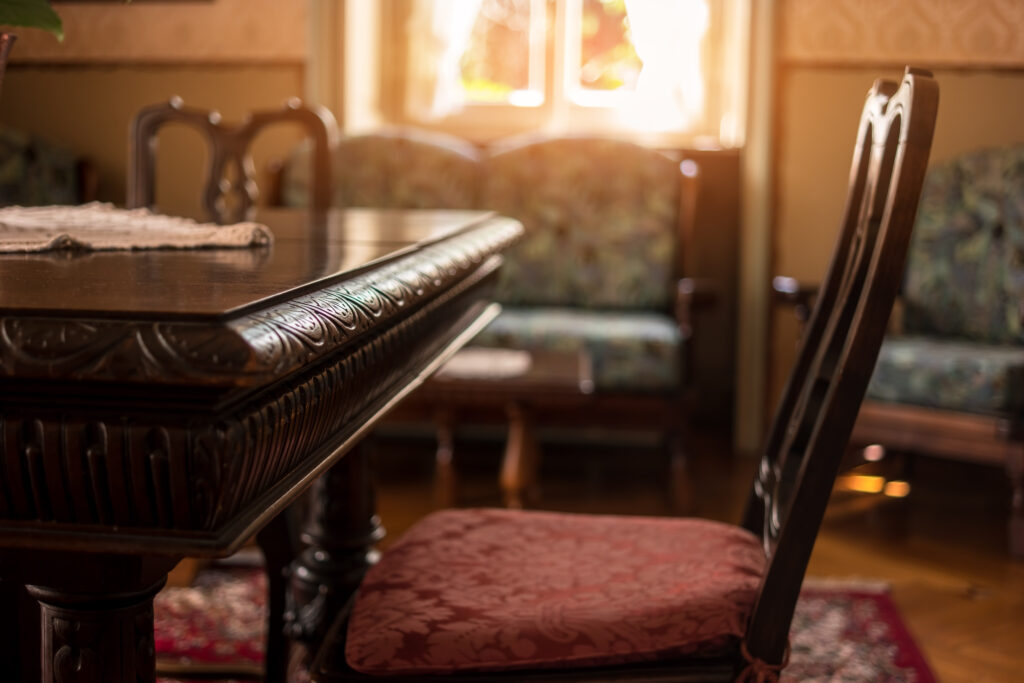
Old furniture may not sparkle like brand-new pieces, but its value runs deeper than looks. It holds stories, anchors family history, and reminds us of who we are. These everyday items become silent storytellers, stitching together moments and memories across decades.
In homes full of change, they offer a sense of continuity. Because sometimes, the truest reflection of our past isn’t found in a photo—it’s in the creaky chair that still sits by the window.